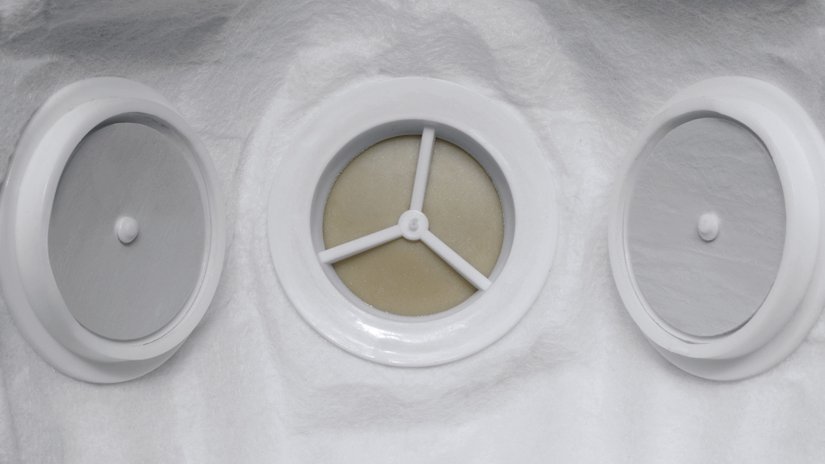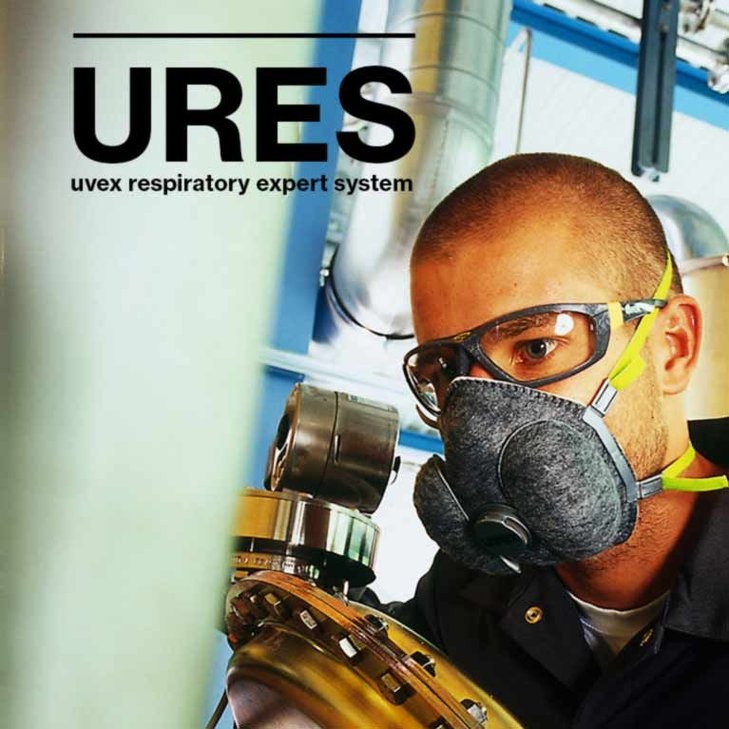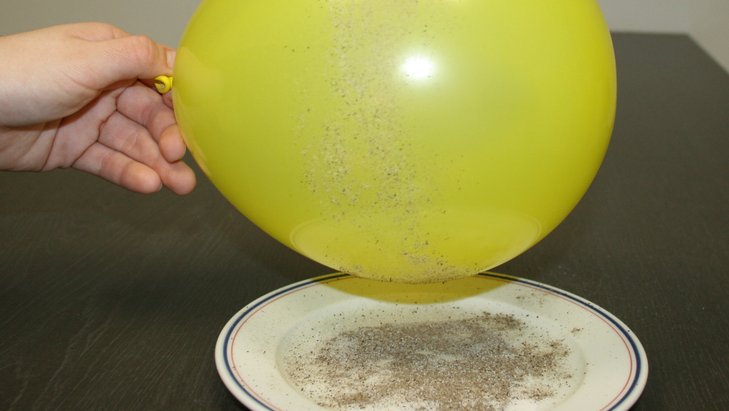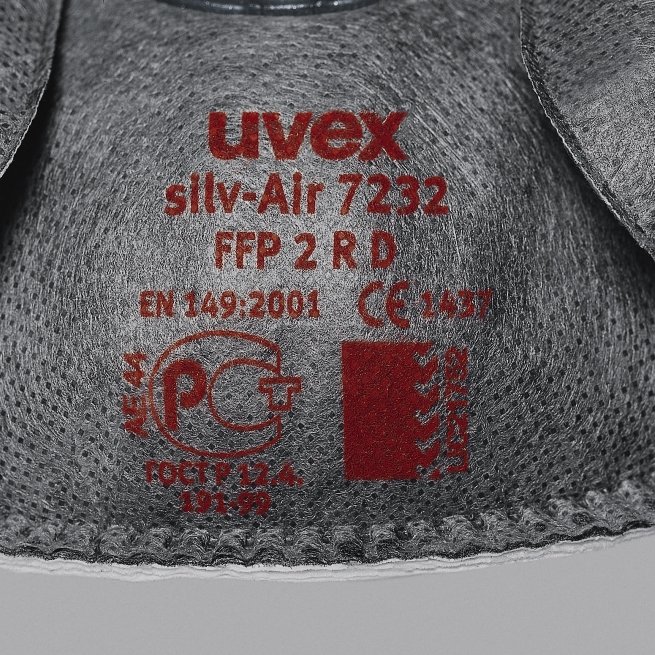The meaning of FFP protection classes
Aerosols and fine particles are two of the most treacherous health risks in a working environment and are nearly invisible in our breathing air. Filtering facepieces offer protection in three classes against these dangers: FFP1, FFP2 and FFP3.

The importance of respiratory protection
Dangerous particles can cause cancer or may be radioactive; others harm the respiratory system. Contact throughout decades may cause development of serious conditions. In the best case, all workers are confronted with are upsetting smells. Filtering facepieces offer protection in three classes against aqueous oily aerosols, smoke, and fine particles during work. Their protective function conforms to EU norm EN 149. This kind of facepiece is also known as particle-filtering half mask or fine particle mask and they are divided into the protection classes FFP1, FFP2 and FFP3.
How does a respirator mask work?
Filtering facepieces protect from respirable dust, smoke, and aqueous fog (aerosols), however they offer no protection from vapor and gas. The classifying system consists of the three FFP classes, the abbreviation FFP stands for "filtering facepiece". A respirator mask covers mouth and nose and is constructed of various filter materials and the mask itself. Their use is mandatory in working environments exceeding the occupational exposure limit value (OEL). This is the maximal concentration of dust, smoke, and/or aerosols in our breathing air that won’t result in harm to health. In case of transgression, respirator masks must be worn.
Against what do respirator masks protect?
Depending on the total leakage and filtering of particle sizes up to 0.6 μm, respirator masks ranging from FFP1 through FFP2 to FFP3 offer breathing protection for various concentrations of pollutants. The total leakage comes about based on the filter penetration and leakages in the mouth and nose area. Our uvex respirator masks aim to avoid these by adapting our masks to human anatomy. Thanks to innovative filter technology, the breathing resistance can be held minimal and breathing isn’t exacerbated intercepted particles in the filter after multiple-time wearing.
- protection from atoxic and non-fibrogenic kinds of dust
- inhaling may result in development of health conditions; can also irritate the respiratory system and cause unpleasant odors
- total leakage may amount to a maximum of 25 %
- this kind of mask may be applied under a fourfold OEL transgression at the most
Protection class FFP1 respirator masks are made for working environments in which neither poisonous nor fibrogenic kinds of dust and aerosols are to be expected. They filter at least 80 % of the particles measuring up to 0.6 μm and may be worn as long as the maximum workplace concentration transgression measures no more than the fourfold value. The building or food industry put FFP1 respirator masks to use in many cases.
uvex FFP1 masks
FFP1 masks in the uvex respiratory expert system
- protection from firm and fluid deleterious kinds of dust, smoke, and aerosols
- particles may be fibrogenic – which means they irritate the respiratory system in the short term and can result in reduction of elasticity of pulmonary tissue in the long run
- total leakage may amount to a maximum of 11%
- OEL transgression to the tenfold value
Protection class FFP2 respirator masks are made for working environments in which deleterious and mutagenic particles can be found in the breathing air. Respirator masks of this class must contain at least 94 % of the particles measuring up to 0.6 μm and may be used in environments transgressing the OEL up to a maximum of the tenfold concentration. The same goes for the TRK value (technical reference concentration). Protection class FFP2 respirator masks are often worn in the metal and mining industry. Workers in these industries are frequently in contact with aerosols, fog and smoke that result in conditions of the respiratory system such as lung cancer in the long term. On top, they harbor the massive risk of secondary diseases and active tuberculosis of the lung. Our uvex filter system with a layer of carbon protects wearers from unpleasant odors on top of the required breathing protection.
uvex FFP2 masks
FFP2 masks in the uvex respiratory expert system
- protection from poisonous and deleterious kinds of dust, smoke, and aerosols
- oncogenic and radioactive substances or pathogens such as viruses, bacteria and fungal spores are filtered by this protective class of respirator masks
- total leakage may amount to a maximum of 5%
- OEL transgression to the thirtyfold value
Protection class FFP3 respirator masks offer maximum protection from breathing air pollution. The total leakage may amount to a maximum of 5% and they must filter 99% of all particles measuring up to 0.6 μm. This kind of mask also filters poisonous, oncogenic and radioactive particles. Protection class FFP3 masks are used in working environments transgressing the OEL by the thirtyfold industry-specific values. They are often used in the chemistry industry.
uvex FFP3 masks
FFP3 masks in the uvex respiratory expert system
Find out more about respiratory protection and uvex products in our uvex respiratory expert system
Read all uvex expert blog posts tagged with breathing protection.
What exactly does DIN EN 149 say about respiratory protection? Find out on our safety standard info page.


